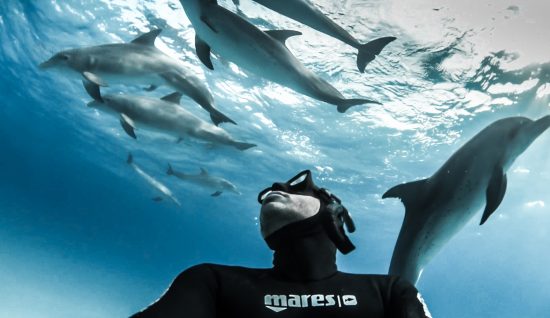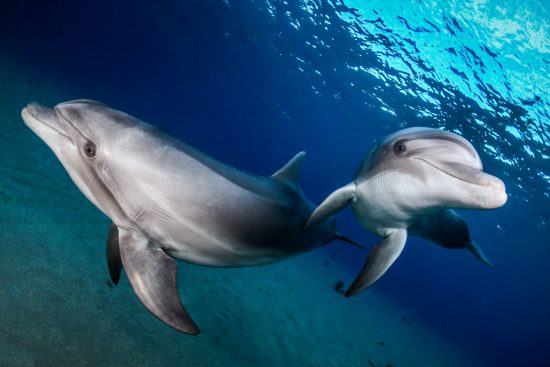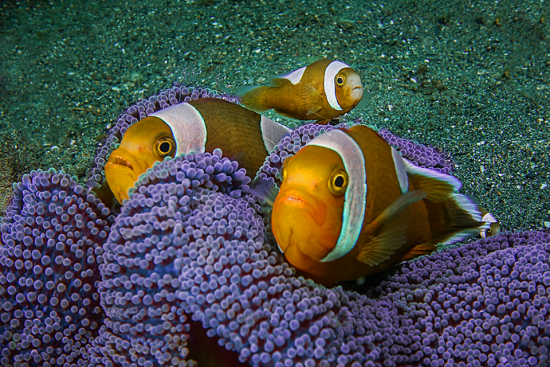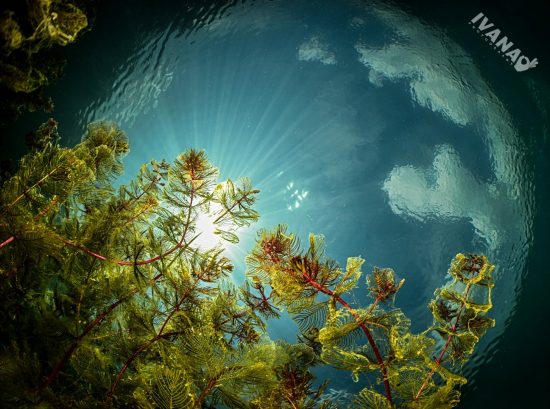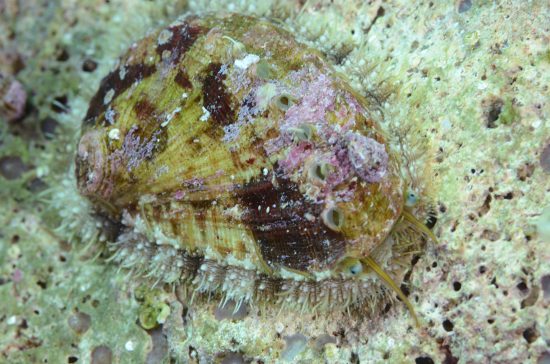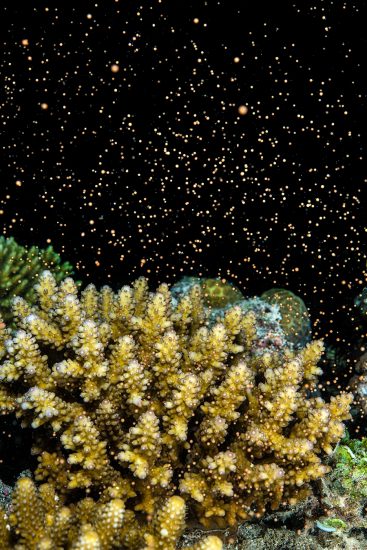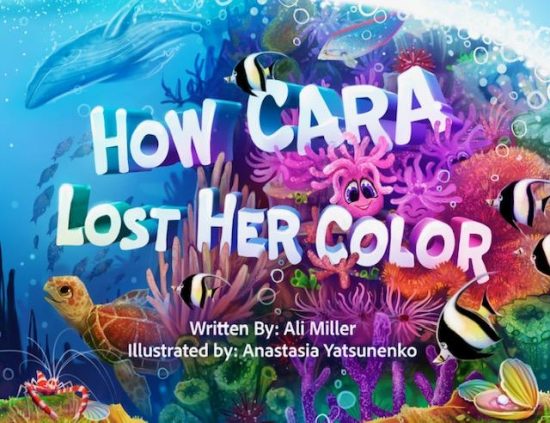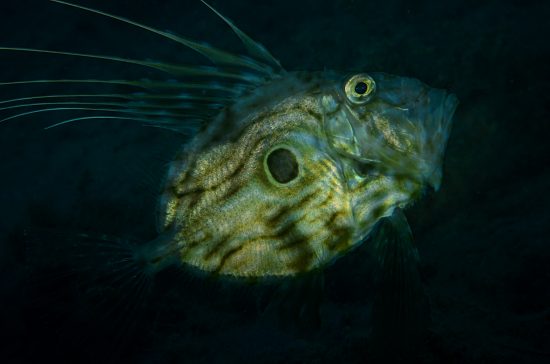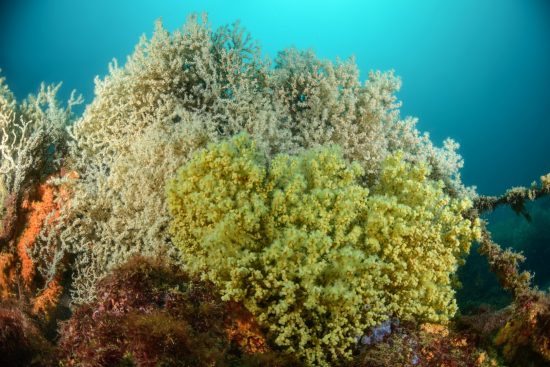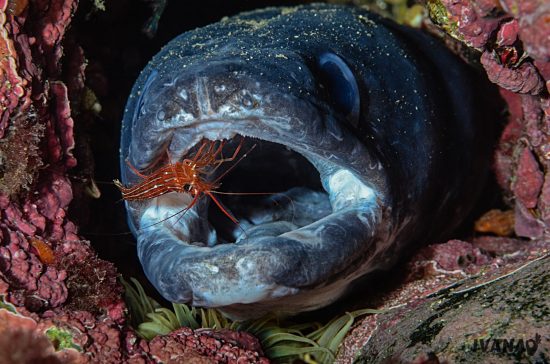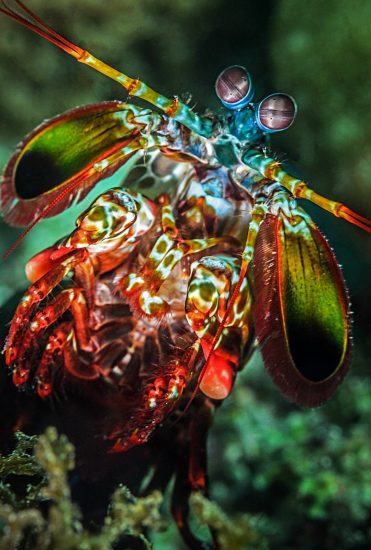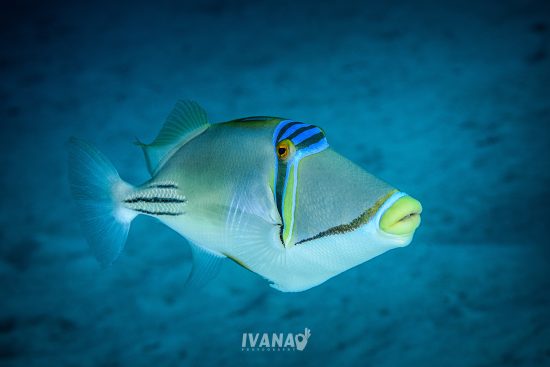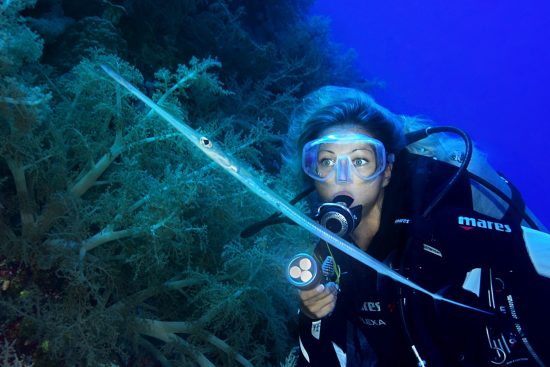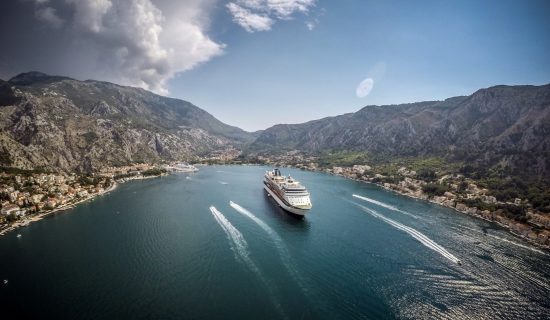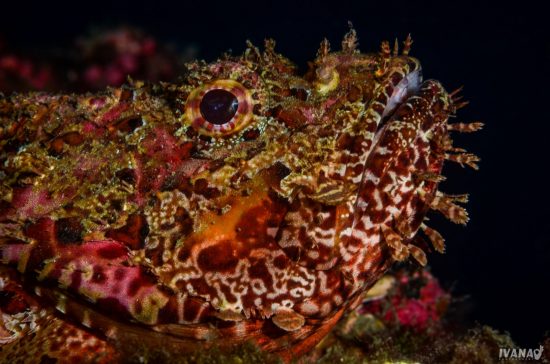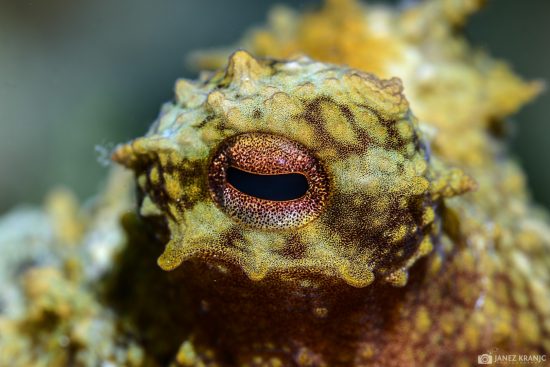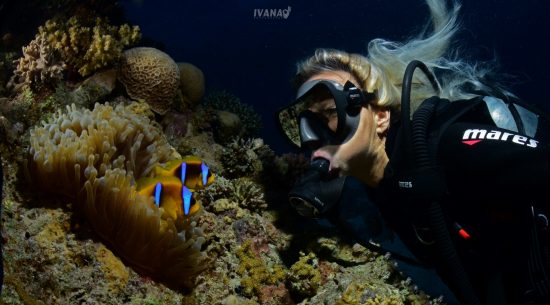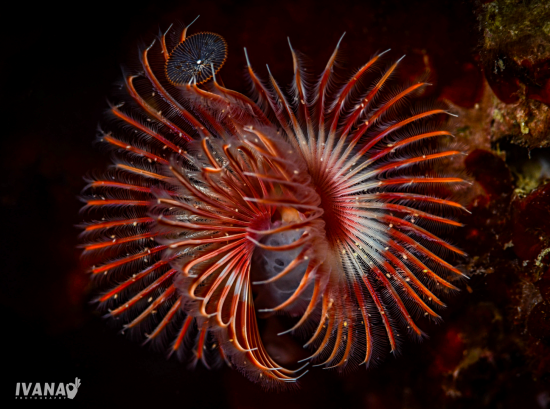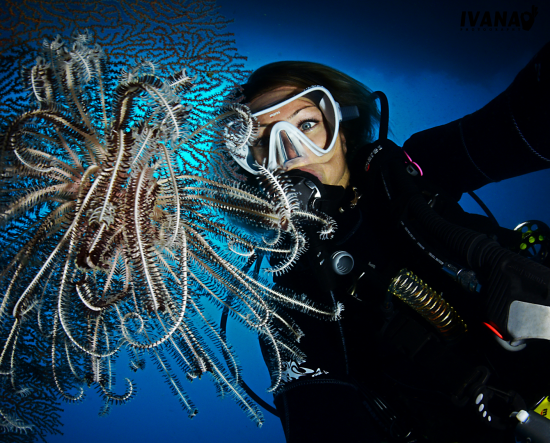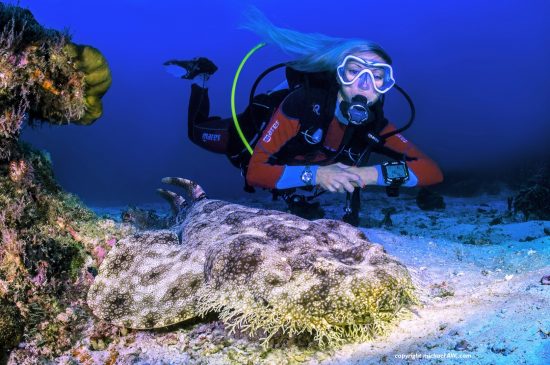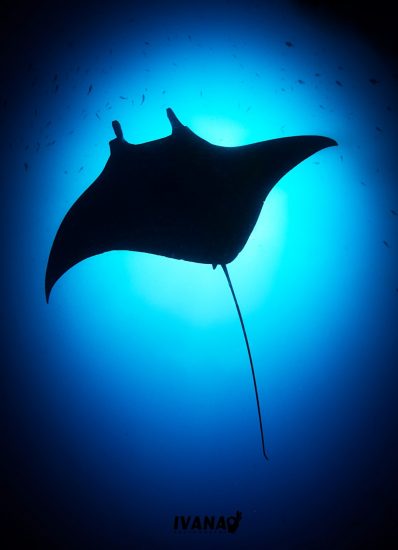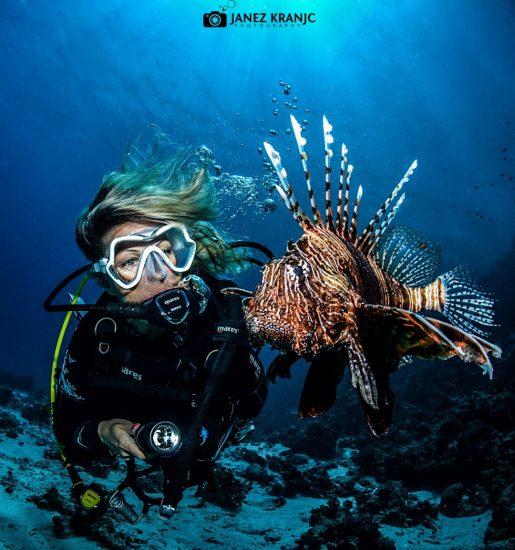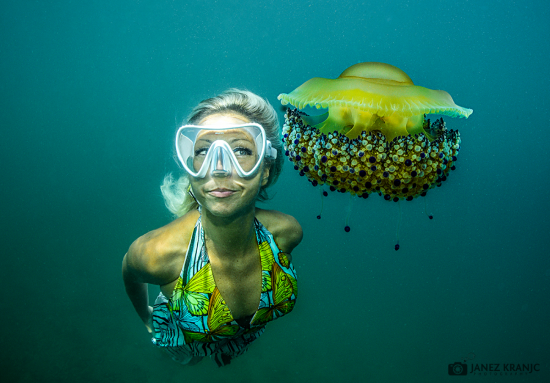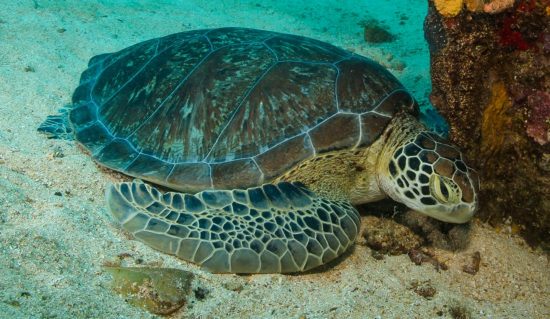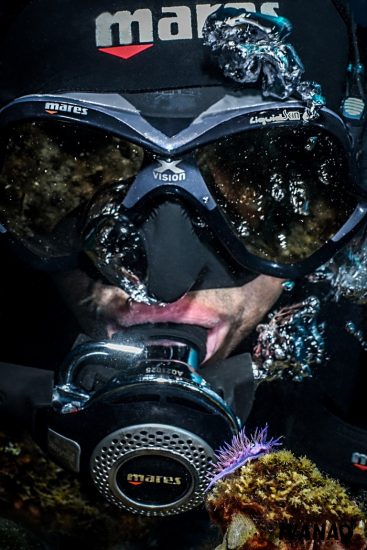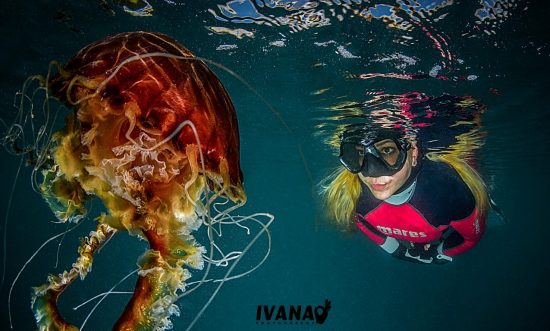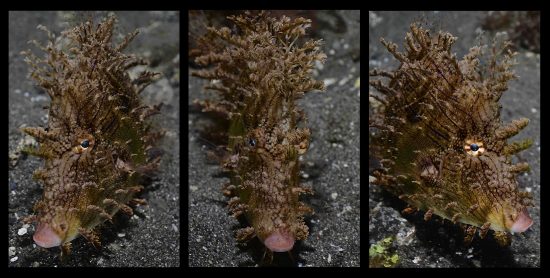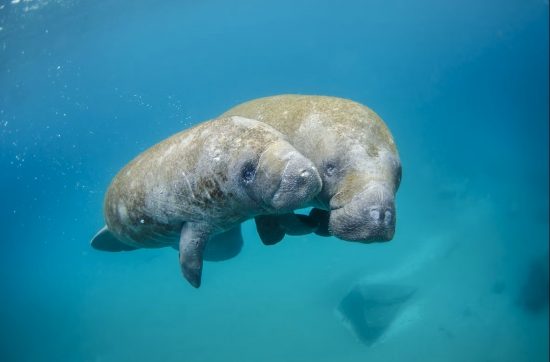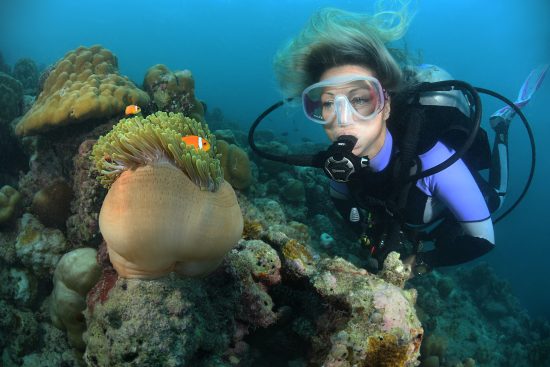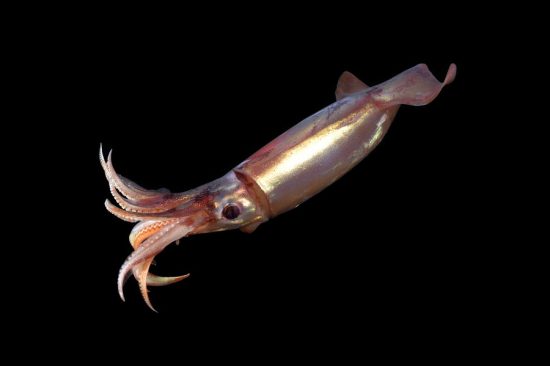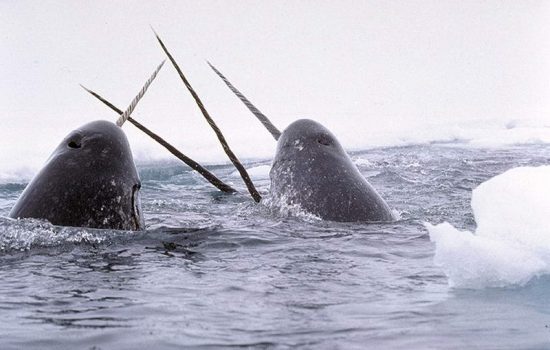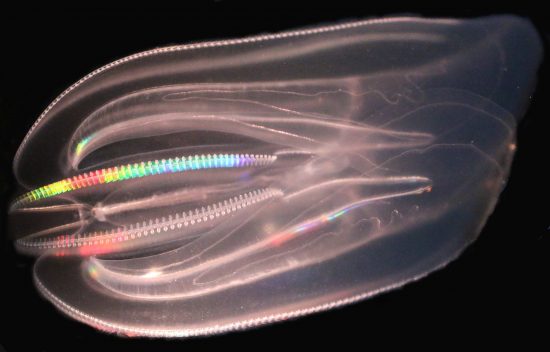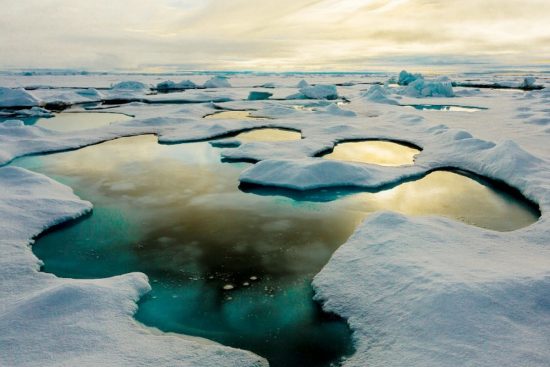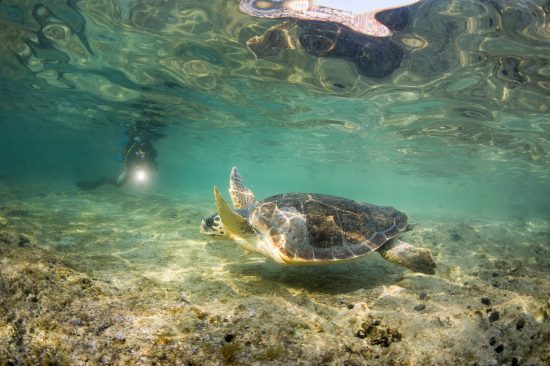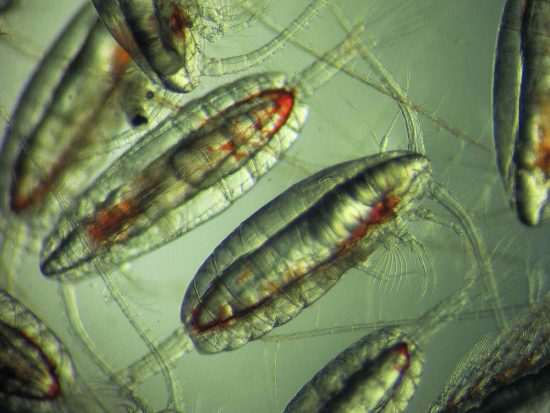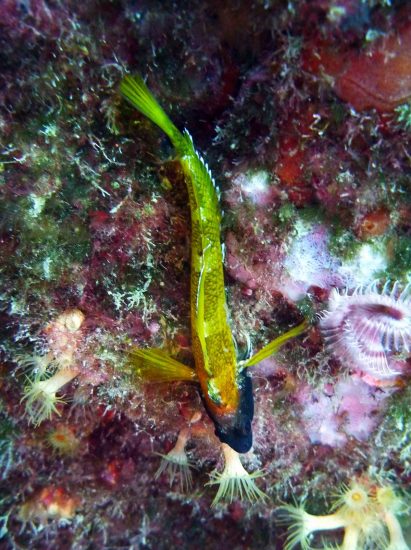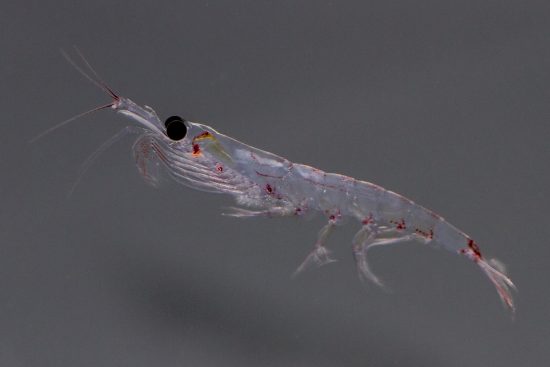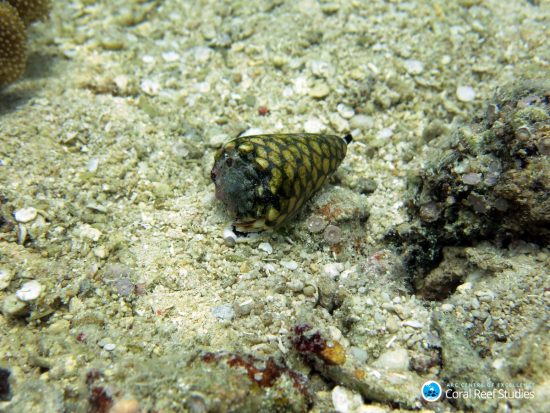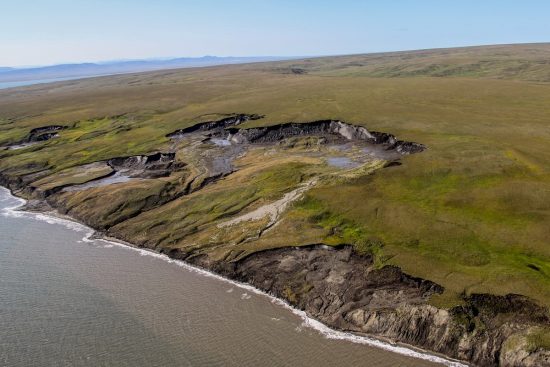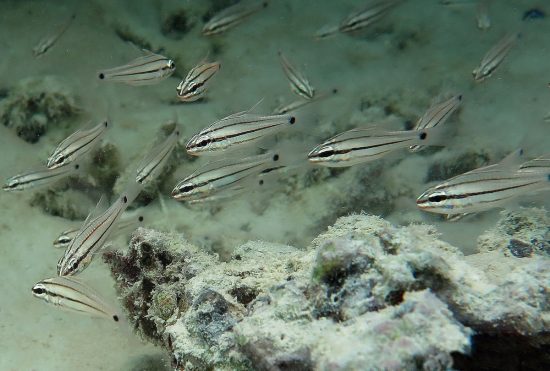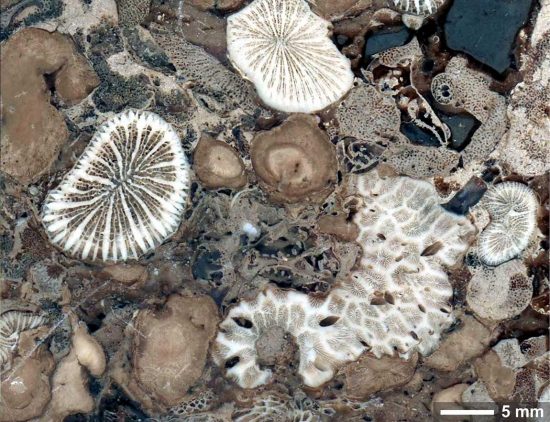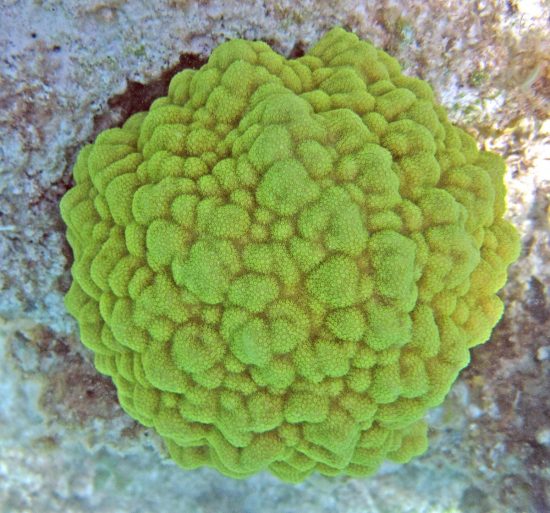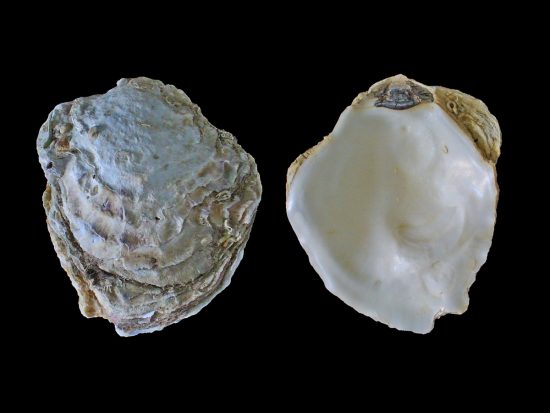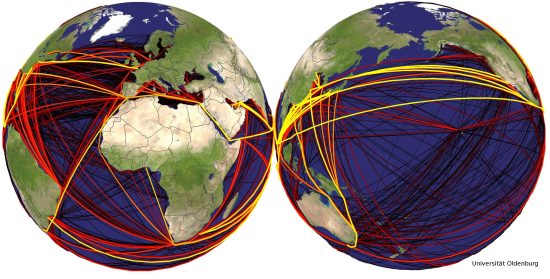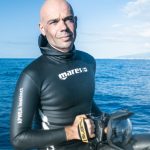
Freediving – a tool for marine biology
by Fred Buyle - 5th May 2017
For my first Mares blog I have decided to write about one of the most exiting projects I’m involved in:…

Most loved marine mammals
by Ivana and Janez - 15th January 2021
Everyone loves dolphins, and it is probably the dream of most divers to dive with dolphins, the most loved cetaceans.…

Marine Guide to Long-term Relationships
by Ivana and Janez - 8th June 2020
Do you remember the term 'symbiosis' from your biology classes? To refresh your memory, these are interactions between organisms that…

Freshwater vs marine diving
by Ivana and Janez - 13th November 2018
For more information on Marine Ecology, check out our friends at SSI! Most of us dive in a marine environment…

Galloping Through The Sea: The Fascinating Abalone
by Ivana and Janez - 24th October 2024
When you think of oceanic wonders, majestic dolphins or playful sea otters might come to mind. But let’s not overlook…

Coral Spawning and Hope in the Maldives
by Alex - 22nd November 2021
I normally plan my travel meticulously, paying special attention to the season and the lunar tidal cycle. I find this…

How Cara Lost Her Color
by Ivana and Janez - 10th December 2020
Ivana OK: What are you by profession? I’m a marine naturalist. In a complete leap of faith, I moved to…

Who am I? Saint Pierre
by Ivana and Janez - 3rd August 2020
When I was asked to write about the Saint Pierre fish I had no idea what it was. Then I saw…

Freshwater in salty water – Underwater springs
by Ivana and Janez - 15th October 2019
You have certainly, at some point, experienced an area where cold water rises up from the deep. It might be…

Diving at Secca Carega, Portofino, Italy
by Underwater Tales by Stefano Sibona - 16th August 2019
Secca Carega is the second shoal found in the Protected Marine Area of Portofino and still represents one of the…

How a conger eel brought the Serbian and Irish together
by Ivana and Janez - 3rd June 2019
Almost six years ago, on the 9th of June 2013, an Irish diver had a near-death experience whilst diving off…

Appearances can be very deceiving! The Mantis shrimp…
by Ivana and Janez - 18th March 2019
I have always thought that Mantis shrimp are one of the most beautiful creatures you can find and photograph in…

Picasso’s muse?
by Ivana and Janez - 25th January 2019
We learn something new every day. Recently I discovered that the beautiful triggerfish is also known as the Picassofish, the…

Trumpetfish – The forgotten cousins of seahorses
by Ivana and Janez - 6th December 2018
There are only three species of trumpetfish in the world (discovered so far anyway): the Chinese trumpetfish (Aulostomus chinensis), the…

Cruisers vs Boka Kotorska Bay
by Ivana and Janez - 10th October 2018
An interview with Dr. Vesna Macic, Marine Biologist Sailing on big cruisers is becoming very popular as a means of…

So which one is it? A stonefish or a scorpionfish?
by Ivana and Janez - 24th July 2018
I often get confused between stonefish and scorpionfish and need to remind myself what the differences between them are. Both…

Octopuses – They have it all!
by Ivana and Janez - 22nd June 2018
Who doesn’t like octopuses? They have it all: beautiful, smart and unique. These molluscs are part of the ‘Octopoda’ (eight…

Clownfish
by Ivana and Janez - 3rd May 2018
What’s the world’s most famous fish? Well, I think Clark’s anemonefish is. What’s that you say? Remember Nemo? Well, Nemo…

The Prettiest of Worms
by Ivana and Janez - 4th April 2018
When we think of worms, these colourful, feathery, flower-like creatures are not the first things that come to mind. Their…

Primitive? Maybe. Ugly? Definitely not!
by Ivana and Janez - 26th March 2018
Featherstars are more scientifically known as crinoids – coming from a Greek word meaning ‘lily-like’- so it comes as no…

The Wobbegong Shark
by Ivana and Janez - 16th March 2018
When I first heard the name 'Carpet shark', I thought it was a joke. The name does not sound very…

Mantas – the gentle giants of the seas
by Ivana and Janez - 7th February 2018
Manta rays – the diver's dream. Belonging to the family Mobulidae, there are two species of Manta Ray often seen…

The Lions of the Ocean
by Ivana and Janez - 1st December 2017
Lionfish (Pterois spp) are represented by 12 very closely related species. These majestic and amazing looking fish are among underwater…
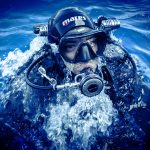
The Myth of the Jellyfish
by Mares - 1st September 2017
When I asked my child what jellyfish were, she said they are half fish, half jelly… Well nothing could be…

The living dinosaurs of the sea
by Mares - 4th August 2017
Out of the seven species of sea turtles, six have made it onto the International Union for Conservation of Nature's…

The secret beauty of Nudibranchs
by Mares - 13th July 2017
Nudibranchs come in many different colours, shapes and sizes. According to various sources, there are between 2000 - 3000 different…

Compass jellyfish in Boka Bay, Montenegro
by Mares - 13th May 2017
Jellyfish...so graceful and elegant, yet at the same time found in so many different colors and shapes. Their movements remind…

Master of the coral reef – The Giant Moray Eel
by Mares - 12th May 2017
Sometimes ugly, sometimes frightening, and of imposing size, the Giant Moray Eel is the master of the coral reefs of…

The master of camouflage – The prickly leather-jacket fish
by Ivana and Janez - 18th March 2024
When we saw the pictures that our photographer Janez Kranjc had taken, we joked that he had found a "hairy fish".…

Love manatees and dugongs? Here’s where you can swim with them
by Kathryn - 21st November 2023
The gentle giants of the sea, manatees and dugongs have captured the hearts of many with their endearing presence and…

Sea Anemones
by Ivana and Janez - 4th May 2020
Sea anemones are a group of marine animals that are predatory in nature and are closely related to jellyfish and…

Cuttlefish: underestimated players in the ocean
by Herbert - 9th January 2018
Squids play an important role in the food web and in the carbon cycle Squid are marine creatures with fascinating…

Narwhals show alarming reactions to stress
by Herbert - 21st December 2017
Human disturbances cause narwhals to freeze and escape simultaneously New insights into the effects of ocean noise and increased human…

Faster reproduction ensures immigrant species success
by Herbert - 19th November 2017
Why only a few introduced species establish themselves in foreign marine regions The number of non-native species detected for the…

Increase in melting sea ice may lead to higher food supply in Arctic
by Herbert - 26th September 2017
In the Arctic, melt ponds are formed every year when snow and sea ice melt at the end of winter.…
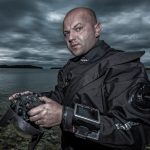
Sea Turtle Recovery Center – Croatia
by Marjan Radovic - 7th August 2017
At the Verudela Lighthouse in Pula - Croatia, the release of sea turtles back into the wild was organized by…

Copepods rise and shine to internal genetic clocks
by Herbert - 7th August 2017
The Calanus finmarchicus is a copepod that packs a big punch. Although just two to four millimetres, this zooplankton’s genetic…

‘Weedy’ fish species to dominate future oceans due to ocean acidification
by Herbert - 24th July 2017
Such fish are “marine equivalent to rats” For the first time, researchers at University of Adelaide have demonstrated that the…

Why do krill stocks in Antarctica fluctuate?
by Herbert - 9th June 2017
Climatic influences not as important as previously thought Although just six centimeters long, the Antarctic krill (Euphausia superba) plays an…

Elevated carbon dioxide levels impairs cone snails’ hunting skills
by Mares - 7th February 2017
Cone Snails become hyperactive and “meandered around” Cone snails are expected to find it hard to catch their prey if…

Studying the effects of coastal erosion in the Arctic
by Mares - 18th January 2017
The thawing and erosion of the arctic permafrost coasts has increased so drastically in the past that more than 20…

How baby reef fish find their way home at night
by Mares - 24th December 2016
Scientists have discovered that baby reef fish possess an internal magnetic compass that helps them find their way home at…

Octopus Casper: Deep-sea octopuses require manganese nodules to lay their eggs
by Herbert - 22nd December 2016
Casper the octopus (and counterparts) threatened by deep-sea miningFor deep-sea octopuses, manganese nodules on the seabed are an important breeding…

Tracing how the relationship between corals and algae began
by Mares - 26th November 2016
How corals met algae: Tracing how their symbiotic relationship startedThe symbiotic relationship between algae and modern corals began more than…

Different coral communities differ in their ability to adapt to new environments
by Mares - 17th November 2016
For the first time, scientists at The University of Texas at Austin have observed separate populations of corals diverging in…

Reintroduction of European flat oysters in German North Sea
by Mares - 30th June 2016
Three-year trial will set up foundation for restoration of species For the first time, the German Federal Agency for Nature…

Pipefish give birth to conjoined twins
by Mares - 27th June 2016
Extremely rare to have two conjoined twins within 24 hours During a routine experiment, researchers at GEOMAR Helmholtz Centre for…

International shipping routes and invasive species: What’s next?
by Mares - 26th April 2016
Scientists from Oldenburg and Frankfurt have modelled how the global shipping routes leads to the spread of invasive plant and…





